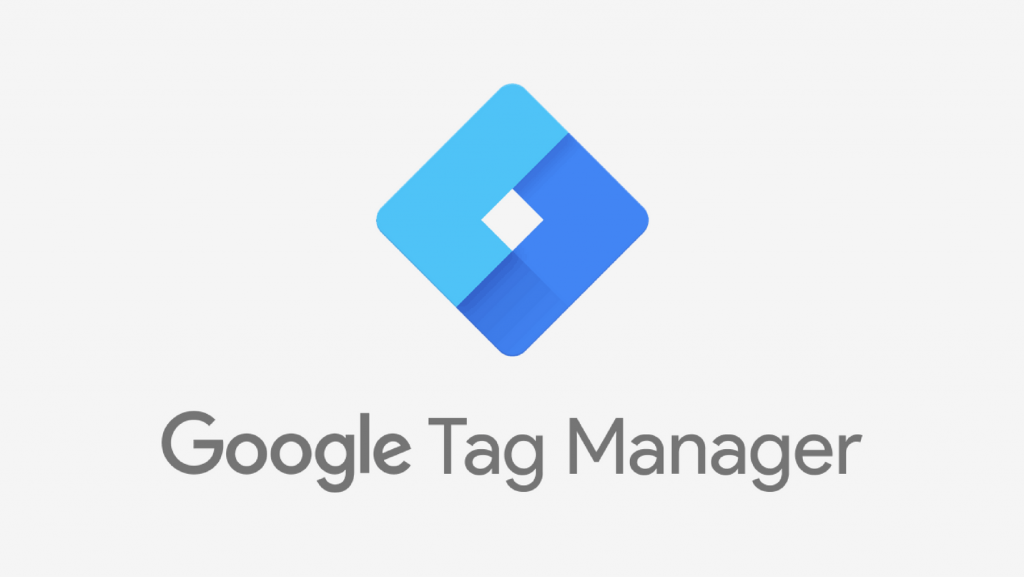About Google Tag Manager
Google Tag Manager is a free tag management system that allows users to create and manage tags on their website, without requiring any coding knowledge.
In the world of digital marketing, website tracking and analytics are crucial elements that can help businesses improve their online performance. Google Tag Manager (GTM) is a powerful tool that simplifies the process of tracking website events and conversions, without requiring any technical knowledge or access to the website’s backend code. In this article, we will explore what Google Tag Manager is, how it works, and why it is essential for businesses that want to improve their online marketing efforts.

What is Google Tag Manager?
Google Tag Manager is a free tag management system that allows users to create and manage tags on their website, without requiring any coding knowledge. Tags are snippets of code that track specific user interactions on a website, such as clicks, form submissions, and pageviews. These tags can be used to track conversions, analyze user behavior, and retarget visitors with relevant ads.
Google Tag Manager is designed to make it easy for marketers to manage tags on their website, without the need for IT or web development support. It works by placing a container tag on the website, which then allows users to add and manage tags from the Google Tag Manager interface. The container tag is a small piece of JavaScript code that is placed on every page of the website, which acts as a gateway between the website and the Google Tag Manager interface.
How does Google Tag Manager work?
Google Tag Manager works by using a container tag that is placed on the website, which allows users to add and manage tags from the Google Tag Manager interface. The container tag is a small piece of JavaScript code that is placed on every page of the website, which acts as a gateway between the website and the Google Tag Manager interface.
Once the container tag is installed on the website, users can add tags to their account, such as Google Analytics tracking, AdWords conversion tracking, and Facebook pixel tracking. These tags are added to the container tag and are triggered based on specific user interactions on the website, such as clicks, form submissions, and pageviews.
Google Tag Manager also allows users to create custom triggers, which can be used to trigger tags based on specific conditions, such as a user scrolling to a certain section of the page, or a user clicking on a specific button. Custom triggers can be created using a simple point-and-click interface, which makes it easy for users to set up complex tracking and targeting rules.
Why is Google Tag Manager important?
Google Tag Manager is important for businesses that want to improve their online marketing efforts, as it provides a simple and efficient way to manage website tracking and analytics. Here are some of the key benefits of using Google Tag Manager:
-
Simplifies website tracking: Google Tag Manager makes it easy to manage website tracking, without requiring any coding knowledge or access to the website’s backend code. This makes it possible for marketers to track website events and conversions without relying on IT or web development support.
-
Improves website performance: By tracking website events and conversions, businesses can gain valuable insights into how users are interacting with their website. This information can be used to improve website performance, by identifying areas of the website that are causing users to drop off or lose interest.
-
Enhances marketing efforts: Google Tag Manager allows businesses to track user behavior across different marketing channels, such as social media, email, and search advertising. This information can be used to optimize marketing campaigns, by identifying which channels are driving the most traffic and conversions.
-
Enables personalized targeting: By using tags to track user behavior, businesses can create custom audiences and target users with personalized messages and offers. This can lead to higher conversion rates and increased customer loyalty.
In conclusion, Google Tag Manager is a powerful tool that simplifies website tracking and analytics, making it easy for businesses to improve their online marketing efforts. By using Google Tag Manager, businesses can gain valuable insights into how users are interacting with their website, identify areas of improvement, and optimize marketing campaigns. With its user-friendly interface and custom triggers, Google Tag Manager provides businesses with the flexibility and control they need to create effective tracking and targeting rules, without relying on IT or web development support.
Another advantage of Google Tag Manager is that it is compatible with a wide range of marketing tools and platforms, such as Google Analytics, AdWords, Facebook, and LinkedIn. This means that businesses can track user behavior across different channels and platforms, and gain a holistic view of their online performance.
Moreover, Google Tag Manager provides users with version control and testing capabilities, which make it easy to manage multiple tags and ensure that they are working correctly. Users can create different versions of the container tag, test them on a staging environment, and then publish them to the live website. This helps to avoid errors and ensures that tags are functioning properly.
Finally, Google Tag Manager is a free tool that can save businesses time and money by eliminating the need for IT or web development support. Instead of waiting for developers to implement tags on the website, marketers can use Google Tag Manager to manage tags themselves and gain immediate insights into user behavior.
In conclusion, Google Tag Manager is a powerful tool that can help businesses improve their online marketing efforts by simplifying website tracking and analytics. With its user-friendly interface, custom triggers, and compatibility with a wide range of marketing tools and platforms, Google Tag Manager provides businesses with the flexibility and control they need to create effective tracking and targeting rules, without relying on IT or web development support.